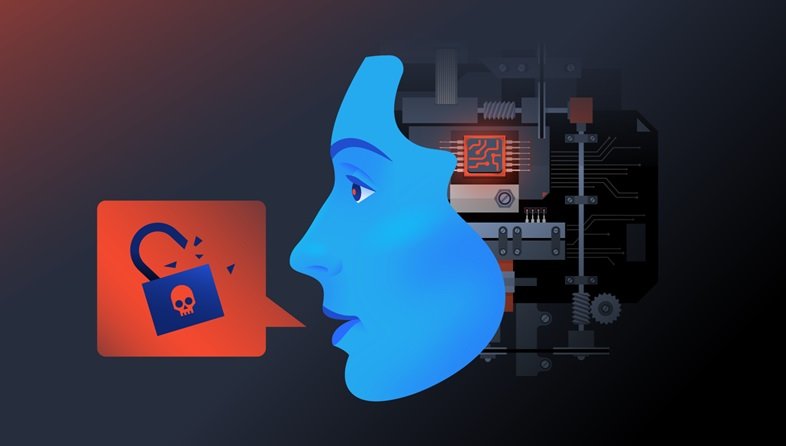Table of Contents
In today’s fast-paced digital world, the rise of technology has brought about incredible advancements, but it has also introduced new threats. One of the most alarming is voice fraud, a type of cybercrime that leverages sophisticated AI to mimic human voices. While deepfake videos have gained considerable attention, voice deepfakes present a more insidious danger, often flying under the radar. Let’s delve into the intricacies of voice fraud, its real-life implications, and how you can protect yourself.
What is Voice Fraud?
Voice fraud involves the use of artificial intelligence to create synthetic voices that are eerily similar to real ones. This technology can replicate the tone, pitch, and speech patterns of an individual, making it a powerful tool for scammers. Imagine receiving a phone call from someone who sounds exactly like your boss, a family member, or a trusted friend, instructing you to take certain actions. Without a second thought, you might comply, only to later realize you’ve been deceived by a deepfake voice.
Real-Life Examples
- The CEO Scam: One of the most notorious examples of voice fraud occurred in 2019 when the CEO of a UK-based energy firm received a call from his boss, the CEO of the parent company. The familiar voice instructed him to transfer €220,000 to a Hungarian supplier. Believing the request was legitimate, the CEO complied, only to discover later that the call was a sophisticated deepfake. This incident resulted in a significant financial loss and highlighted the potential for voice fraud to cause real harm.
- Political Manipulation: Voice deepfakes have also been used to create fake audio recordings of politicians making controversial statements. In one case, a fabricated recording of a politician was circulated widely, causing a public relations nightmare and damaging the individual’s credibility. Although the recording was eventually debunked, the reputational damage had already been done.
- Phishing Scams: Scammers are using voice deepfakes in phishing attacks, targeting individuals and organizations. In one instance, a deepfake voice impersonating a company’s executive was used to convince an employee to share sensitive information. The employee, trusting the familiar voice, provided the requested details, leading to a data breach.
Why is Voice Fraud So Dangerous?
- Hard to Detect: Unlike visual deepfakes, which can sometimes be identified through careful scrutiny, voice deepfakes are much harder to detect. Our brains are wired to trust familiar voices, making us more susceptible to this type of fraud.
- Wide-Ranging Impact: Voice fraud can be used for a variety of malicious purposes, including financial scams, identity theft, and spreading misinformation. The potential for harm is vast and affects both individuals and organizations.
- Psychological Manipulation: Hearing a familiar voice can evoke strong emotional responses. Fraudsters exploit this psychological aspect to manipulate individuals into taking actions they wouldn’t otherwise consider.

How to Protect Yourself
- Verify Requests: If you receive an unusual request from a known contact, verify it through a different communication channel. A quick call or message can confirm the authenticity.
- Implement Security Measures: Use multi-factor authentication (MFA) and other security measures to add layers of protection. This makes it harder for fraudsters to gain access to sensitive information.
- Stay Informed: Awareness is the first line of defense. Educate yourself and your team about the risks of voice deepfakes and stay updated on the latest developments in cybersecurity.
- Use Voice Recognition Technology: Some advanced security systems can analyze voice patterns to detect anomalies. While not foolproof, these technologies can add an extra layer of defense.
The Future of Voice Fraud
As AI technology continues to advance, the potential for voice fraud will only grow. Cybercriminals are becoming increasingly sophisticated, and the tools they use are becoming more accessible. This means that voice fraud is not just a problem for large corporations; individuals are also at risk. Staying vigilant and proactive is essential in this evolving threat landscape.
Conclusion
Voice fraud is a formidable and growing threat in our digital age. By understanding the dangers and adopting proactive measures, we can better protect ourselves and our organizations from falling victim to these sophisticated scams. Remember, in the age of deepfakes, hearing isn’t always believing.
Stay vigilant, stay informed, and stay safe!




Leave a Reply